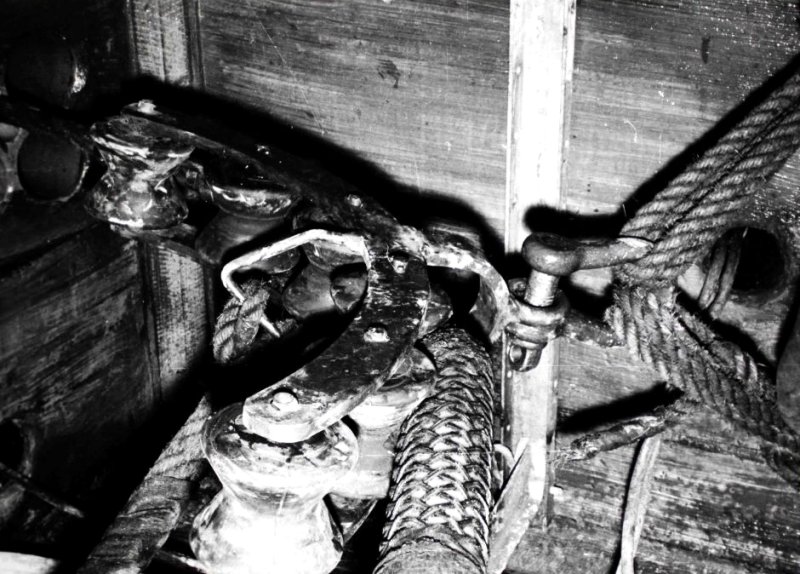UNDERGROUND CABLE - MAIN | |||||||
| This is the main, high capacity, cable that runs from the exchange to the
street cabinets. It is called the "E" side cable and they
were originally lead covered cables with lead joint covers. Main
cables also went from Exchange to exchange or from City to City. This cable would be run in a continuous length if possible to avoid joints. The long distance cables would have loading coils installed at intervals along the route. Due to it's size the cable is rather heavy, so length is sometimes restricted due to the amount of cable that can be transported on a drum and pulled through the ducts. These cables are air pressurised, to prevent ingress of water, and as they were expensive cables, the less joints means literally no maintenance. It was found that if the cable leaked, the pressure would generally be enough stop any water entering the cable to far until the leak was repaired. In reduction in air pressure would operate an alarm in the exchange. In the early days of the Telephone, there was no such thing as multi-core cable and customers were fed with open wires directly from the exchange to the premises. Click here for more details. The main cables terminate at one end on the Exchange MDF and the other end in street Cabinets. Handling these cables was also difficult due to weight and size of some of the drums. The big drums when full of cable could weigh up to 3 tons. Transportation was also difficult and special cable lorries and trailers were purchased. It would take a gang to lay the cable and this would be done by positioning the cable at a manhole, either leaving it on the carrier and supported by jacks and then pulling the cable up the duct way. A strong rope would be used and this would be pulled by a cable winch. The cable would be fitted with a cable grip which has an eye on the end and the rope would be tied to the eye. Click here to see what a cable grip looks like. In the 1970's a Cable pulling vehicle was employed and this vehicle was for heavy cabling and required a 4 man crew - See A2D3160.
Cable hauling (1949)
Cable hauling (1949)
Cable hauling (1954)
Cable hauling (1954)
Heavy Cabling
A large cable drum on a trailer
The cable drum has been rolled off of the trailer.
Fixing the cable grip in place.
Cable being fed down the duct.
This picture is a close up of a cable guide consisting of a row of
rollers.
|
|||||||
Last revised: April 20, 2023FM2 |












